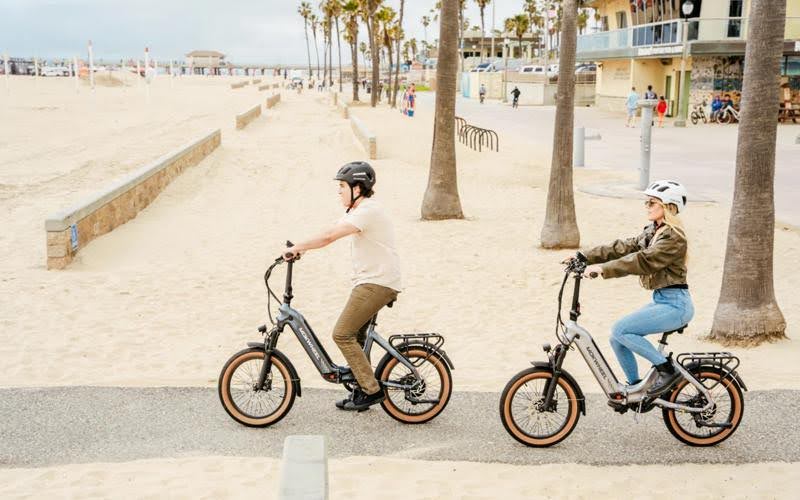COLUMBUS, Ohio – For a month now, Ohio adults aged 21 and older have been able to purchase marijuana at dispensaries licensed for medical and recreational sales.
As of Friday, 123 dispensaries are dual-use.

And more are on the way, although they probably won’t open as swiftly as the first batch. Many in the first batch opened around two months from the time their owners submitted applications to the state, since they were already operating as medical dispensaries.
So far, 121 companies have applied for the next phase of recreational dispensary licensing, most of them in Ohio’s largest metropolitan areas, said Tom Brockman, a spokesman for the Ohio Division of Cannabis Control.
READ MORE: ‘It’s electric’: Local dispensaries see long lines on first day of recreational marijuana sales
The new batch of dispensaries are known as 10(B) licensees, a reference to the section of law Ohioans passed at the ballot box last November legalizing marijuana for adult use.
The 10(B) licensees can apply to serve both medical and recreational customers, or strictly recreational. Their owners will have to build the stores on the property they’ve purchased, or will have to arrange to build out a space that they’ve leased.
The state this week began notifying some of the applicants that they received a provisional license. That doesn’t give them permission to open, but once their space is ready to open they must show that they’ve complied with Ohio’s security requirements, have cash register systems that can add the special 10% adult-use marijuana tax to sales and that they can send the revenue to the state. For those that are pursuing a dual-use license, they will have to agree to keep inventory available for medical patients.
“The timeline of those 10(B) Certificate of Operation approvals will depend on a variety of factors such as whether they are still under construction, can complete the required inspections, and have the appropriate staff badged,” Brockman said.
A majority of the businesses applied for locations near Ohio’s population centers – with around 70 of the applicants proposing sites in Cuyahoga, Summit, Franklin and Hamilton counties.
The applicants have familiar names– Shangri-La, Buckeye Relief, Green Thumb Industries, among numerous others. These companies already operate medical and dual-use dispensaries throughout the state.
State legislative leaders criticized this part of the initiated statute and said they wanted to pass legislation to ensure others would also get a chance to build a marijuana business. No bills have passed amid Republican infighting in the General Assembly.
(Under the initiated statute, Ohioans who are members of racial and ethnic minority groups, disabled residents, women, and communities adversely impacted by the war on drugs will get a chance to enter the marijuana industry through 50 social equity dispensary licenses that the law specifies the state must award. State regulators are writing the rules for the social equity program. The applications for the licenses have not yet been made public.)
State officials entered 10(B) license applicants into a drawing run by the Ohio Lottery, since they knew most of the applicants would want locations in the metro areas with the largest populations and sales potential. But Ohio Division of Cannabis Control officials don’t want every 10(B) dispensary located in the Cleveland, Columbus or Cincinnati metro areas. They want to ensure Ohioans in exurban and rural areas also have access to dispensaries. Applicants drawn first are more likely to get their top-desired locations – with some exceptions.






